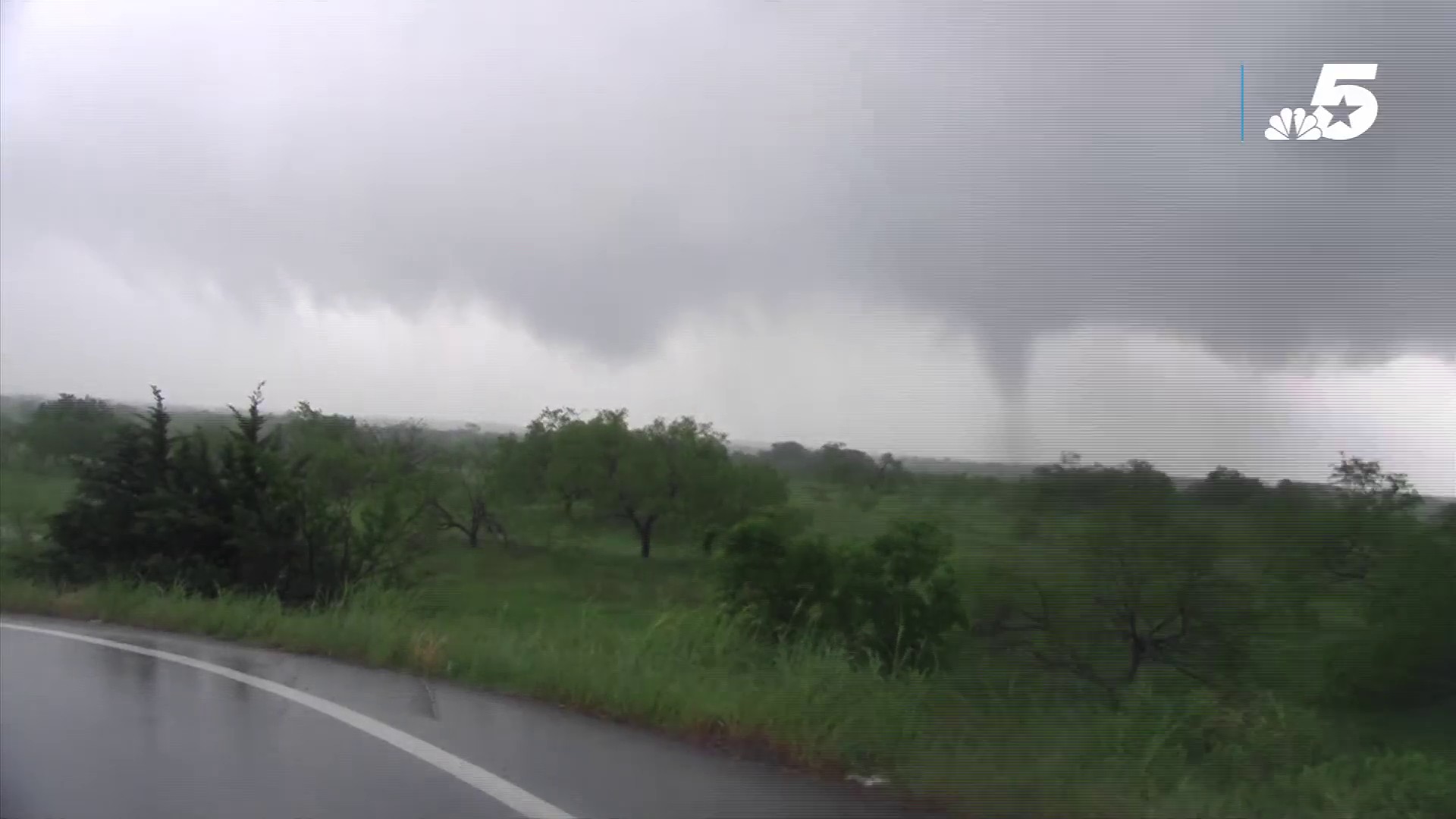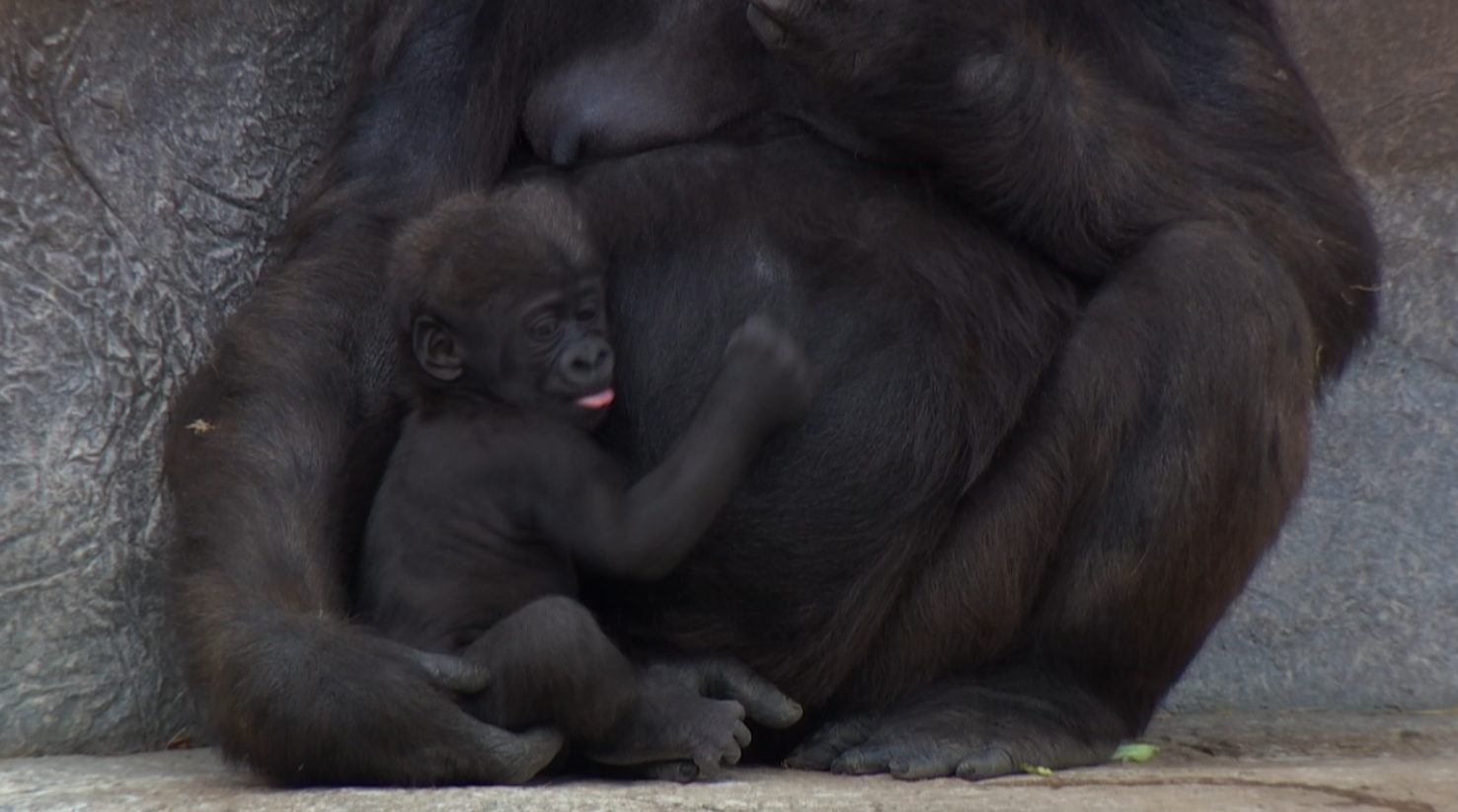Sometime this fall, the hatchlings on Bird Island at Elmendorf Lake Park will be old enough to fly.
And that could spell the end of the beloved bird site.
The San Antonio Express-News reports the egrets at the West Side park have been linked to potential threats to pilots and planes at Joint Base San Antonio-Kelly Field because they make daily trips to and from a landfill on the South Side to feed, crossing the runway.
When the new generation of birds starts flying to the landfill, it likely will trigger a bird mitigation plan, supported by the city of San Antonio. The plan is to remove vegetation and use lights, noise and chemicals to discourage the birds from returning.
No one entity seems to know for sure if some birds will remain on the island. That's the biggest criticism of the plan. But those who use the park can testify that the quaint, beautiful creatures that give the island its name are also responsible for its stench and deterioration.
The mitigation plan will set off a series of dominoes. If the egrets leave, they'll no longer fly south to a city landfill that has served as their mess hall. And if they don't go there, the birds won't fly over Kelly Field either, eliminating or reducing the risk of bird strikes.
Thankfully, no major accidents have been reported at Kelly Field.
Local
The latest news from around North Texas.
Prepared by JBSA and the U.S. Department of Agriculture, the plan was sent to the city in late July, an official confirmed. So far, it has not been made public.
For as much as everyone involved cares about the safety of pilots and aircraft, bird mitigation discussions have resulted in a lot of ill will and trust issues between government officials and the public. While some have described public meetings in positive ways, others have called them exercises in frustration.
Critics of the plan include ordinary residents, neighborhood groups, bird enthusiasts, park lovers, professors and members of the San Antonio River Authority's Westside Creek Restoration Oversight Committee, among others.
They've faulted data from the military that cites national and global figures for bird strikes and disputed the number of birds the military says are flying to and from Bird Island. They've been critical about the lack of public input. The public's comments were sought essentially right before the plan was first set to be implemented. They've suggested the military implement a radar detection system that track flocks, but the suggestion was deemed too expensive.
The debate got a breather in February when egret eggs were discovered on Bird Island. The eggs triggered federal Migratory Bird Act protections and provided some time for all involved to better understand one another. Instead, heels dug in.
Members of the Bexar Audubon Society have been among the most thoughtful critics, questioning the role Covel Gardens Landfill has played in bird migration and thus the risks of bird strikes at Kelly Field. Its members have asked whether it's time to move the landfill, too.
They've asked to see data gathered by JBSA to document the origin and number of birds crossing its runways. The Audubon Society says a songbird sanctuary could be encouraged there. Songbirds don't travel as far to feed and won't be a threat to any airfield.
SARA's Westside Creeks Restoration Oversight Committee met in late August and heard many of the same criticisms. Co-chair Robert Ramirez also condemned a letter sent by retired Maj. Gen. Juan Ayala, the city's director of military and veteran affairs, to fellow veterans asking for their support.
In it, Ayala describes critics as "a small but very vocal group of citizens who are opposed to any actions which will relocate the birds" and that none of their recommendations are "viable."
Ayala said some critics have suggested "that the military halt training and leave San Antonio."
"No one ever said that," said Ramirez, who called such language an attempt to cast criticism as anti-military or anti-veteran.
"We have never said don't do anything," said Ramirez, a veteran. "We have always said that mitigation measures should be science-based, humane, (and) intended to provide a cleaner, healthier, viable refuge for the birds that do remain after cleanup."
For all the criticism expressed, a city official says the mitigation plan essentially remains the same. And for all the statements made, none of us know where the birds will go or where they'll fly next.



